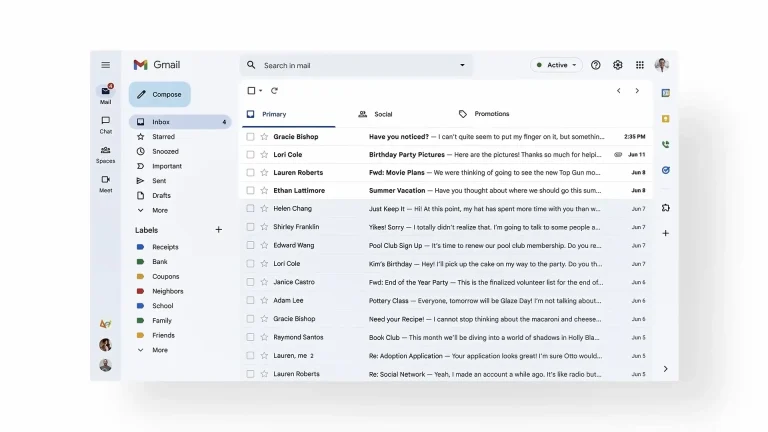How to Turn Numbers into Compelling Stories
Just add people, color and examples!
Does data make you feel uneasy? If you want to write a story driven by data, here’s the first thing you should do?
Say, “I thought math wasn’t part this job!”
Just not out loud.
Numbers are one of the strengths of telling stories about organizations, especially stories about Environmental, Social and Governance practices. The numbers allow you to demonstrate to employees, customers, investors and the public what you are doing. These audiences are increasingly skeptical about ESG claims, surveys show. Bluster and boasting prompts a backlash. Persuade them with proof.
But “numbers stories,” as they’re called in newsrooms, can be intimidating. Even those experienced in turning data into compelling narratives can get a little confused.
Here are seven tips for putting together your next data story.
1. Immerse yourself in the data. “It is a capital mistake to theorise before one has data,” Sherlock Holmes says in, “A Scandal in Bohemia.” (Yes, the British spelling of theorize.)
Read through everything. Mull over the numbers. Scanning an old-fashioned, 11” x 17” printout can sometimes reveal patterns that may not be evident on a monitor.
Communicators with Excel skills or a familiarity with Excel or data programs like Tableau or Microsoft Power BI will have an edge. If you’re not that nerdy, sit with someone who is.
A conversation with the author of the data is very helpful to understand what it means. It’s an easy conversation to arrange. People who compile or analyze data love to talk about what they do – and hardly anyone ever asks.
Time is the biggest obstacle to numbers stories. Take time to fill your head with the data. This is the “saturation phase” of creativity, popularized by the Nobel Prize-winning physicist Murray Gell-Mann.
2. Look for patterns and trends. Keep it simple to start. If you’re looking at data over time, look for what went up and what went down. In a group of numbers, does one stand out more than the others? Does a particular number seem unusually high (or low). Change, over time or proportionately, is often your first indication of a story.
3. What’s your story? Sometimes the stories will jump out at you. It may change, but you should be able to write a proposed headline and a lede. Other times, additional background reading will help turn an interesting fact into something that’s newsy. Apply the principles of newsworthiness to answer this question: Why should your audience care? To explain why anybody should care may require putting a complex subject in everyday language. “Writing with simplicity can be a complex process,” as one expert has put it.
While talking to the author of the data can help understand the numbers, don’t take their word for what is news. Think about what your audience want to know.
4. Assemble data into graphics. Selecting the data early helps focus your approach to the story. What are the most important numbers? If these numbers are not in the lede, they should be high up in the story. To make life easier for your graphic artist or designer, put the numbers in a spreadsheet in the format you use. The typical elements are headline, explanatory chatter (or caption) and a source line.
Are there other numbers you will use? These numbers provide the structure for your story.
5. Find people. Interview them. This is as important as understanding the data. Think of your audience as filled with people who don’t remember names but never forget a face. Put a face on your data. Find anecdotes that illustrate the data at work.
There’s a temptation to think that people whose business it is to track your ESG efforts, such as analysts, don’t need stories. That’s their job, right?
“Au contraire!” They’re flooded with data. Grab their attention with a good story.
6. Find your voice. Draw conclusions from the data. Make reasonable inferences. This is how you demonstrate to the audience why they should care about the story. Talk to your experts to make sure you’re on firm ground.
The data doesn’t speak for itself. Too often, numbers stories are dry recitations of the data. Don’t leave it the audience to figure things out. Explain why a number, or a set of numbers, is important.
Especially with ESG stories, having a voice means being accountable. Where an organization has fallen short of its goals, acknowledge it and explain the changes needed to reach the goals. Candor will earn credibility with your audiences
7. Start writing. “The game is afoot,” as Holmes says in, “The Adventure of the Abbey Grange.”
Contact our client team to learn more about how we can help you with your communications. Follow RCG on LinkedIn and subscribe to our weekly newsletter here.







